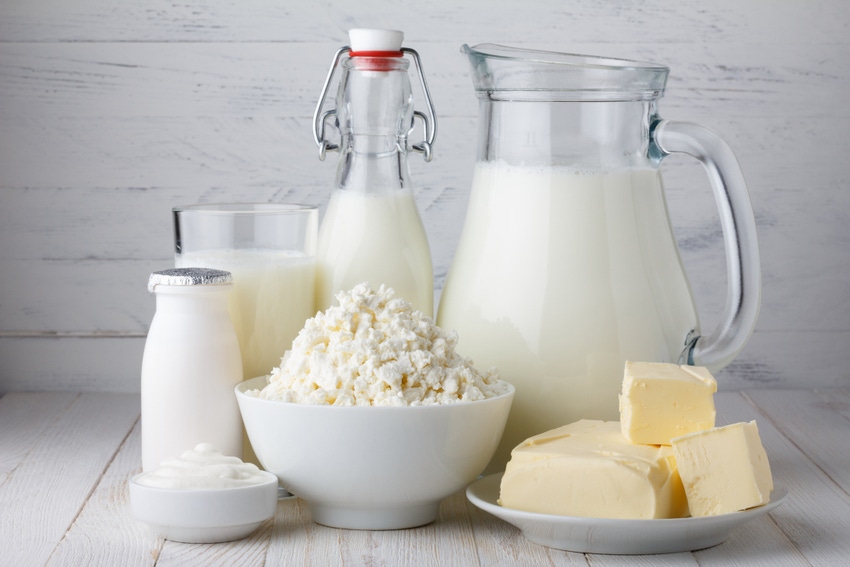Genetic differences among individual cows can be used to identify those that produce different types of milk.
October 17, 2017

By applying new genetics knowledge, special varieties of milk can be developed for people with specific needs -- a highly interesting development for consumers as well as dairy farmers, as such products offer greater margins, according to researchers at Wageningen University & Research (WUR) in the Netherlands.
Knowledge of the composition of milk also helps make dairy production more sustainable by reducing phosphate emissions. This was a message Henk Bovenhuis issued in September during his inauguration as professor of animal breeding and genetics at WUR.
Milk fat consists of more than 100 different fatty acids, and the extent to which these fatty acids account for the total fat content of the milk can differ greatly among cows, WUR said, adding that the composition of the proteins in the minerals can also vary considerably.
The genetic differences among individual cows can be used to identify cows that produce different types of milk. This enables product differentiation based on dairy cattle genetics. In short, special cows produce special milk.
Bovenhuis highlighted zinc as an example of a vital component of milk. It is an essential trace element — particularly for babies — and some cows produce milk with an above-average percentage of zinc. These cows can be identified by means of DNA testing. Milk from these cows is, therefore, particularly interesting to manufacturers of baby food.
According to Bovenhuis, genetic knowledge of milk and its composition also offers opportunities to make the dairy sector more sustainable. Besides zinc, cows also differ with regard to how they process phosphorous. Individual phosphorous needs vary greatly among cows. By capitalizing on these differences, the phosphorous efficiency of the dairy sector can be boosted substantially.
This genetic variety in cows also applies to many other minerals. Excess amounts of minerals can cause inefficiency, while shortages can result in health problems. Genetic data help predict the differences among cows' mineral needs, and additional data can be obtained from infrared analysis of the milk, WUR said.
"By combining infrared analysis and genomics data, we can much more effectively predict the mineral needs of individual animals," Bovenhuis said. "The same applies to methane emissions."
Reducing levels of methane is of vital importance to the dairy sector. "By including genetic differences in our calculations, we can more effectively estimate the methane emissions of individual cows," Bovenhuis said.
You May Also Like


.png?width=300&auto=webp&quality=80&disable=upscale)
